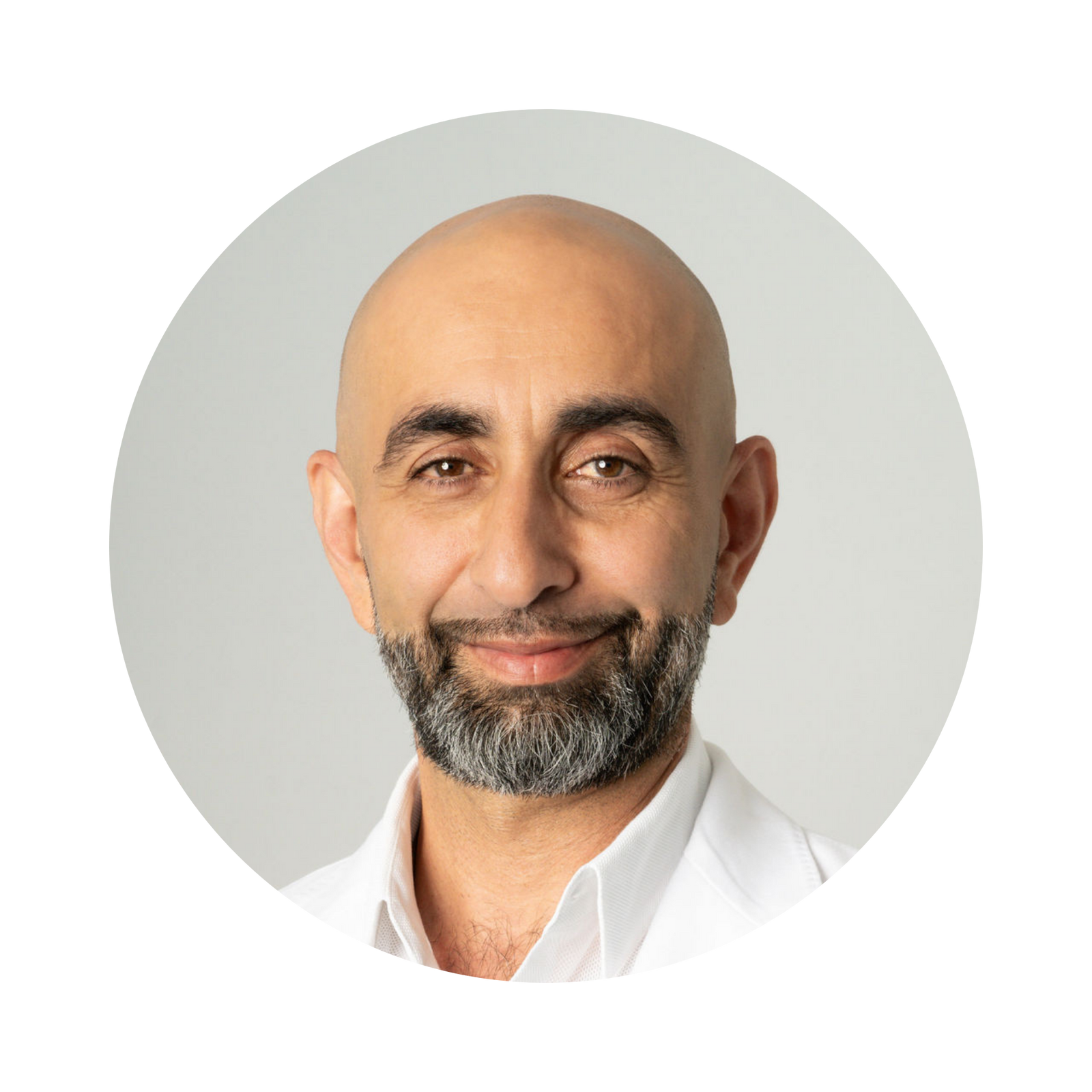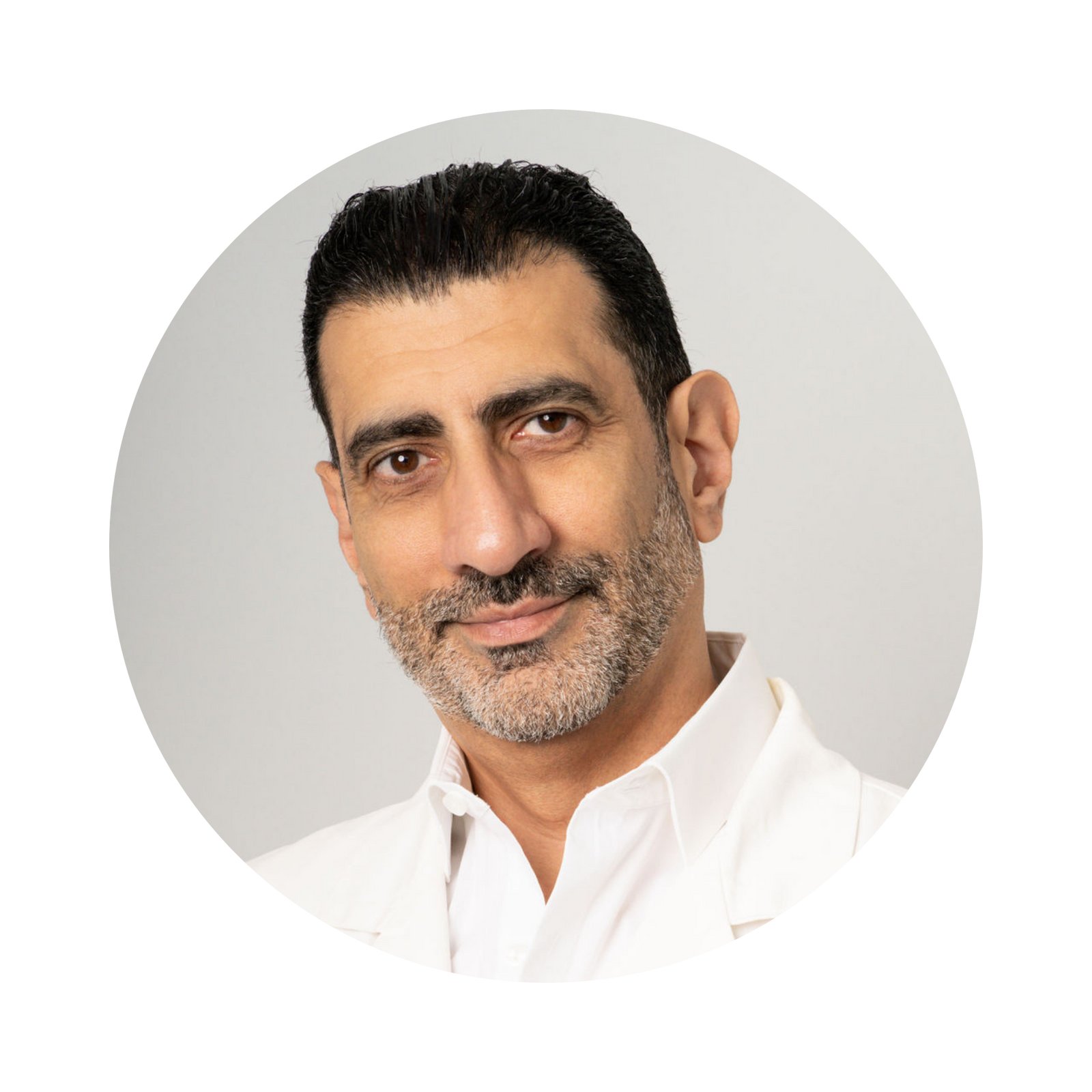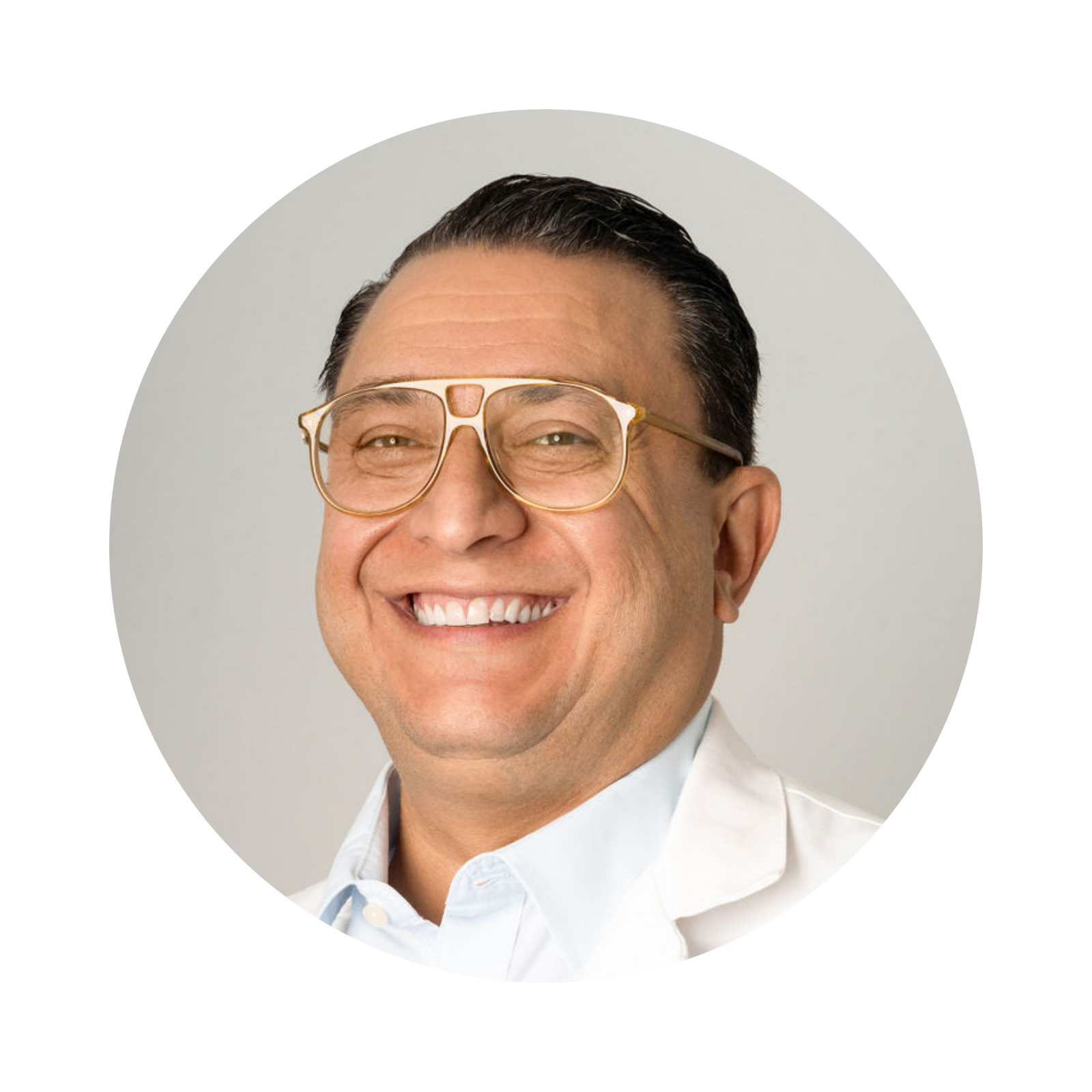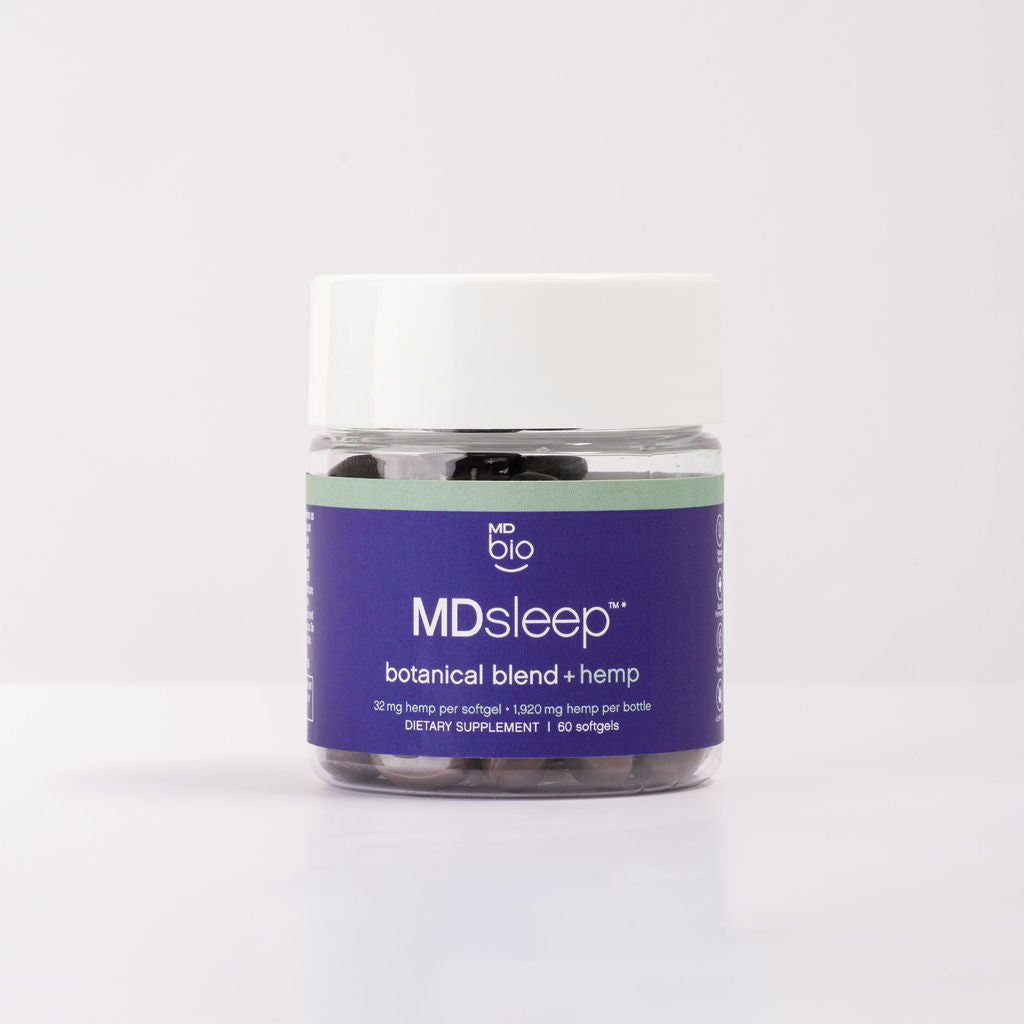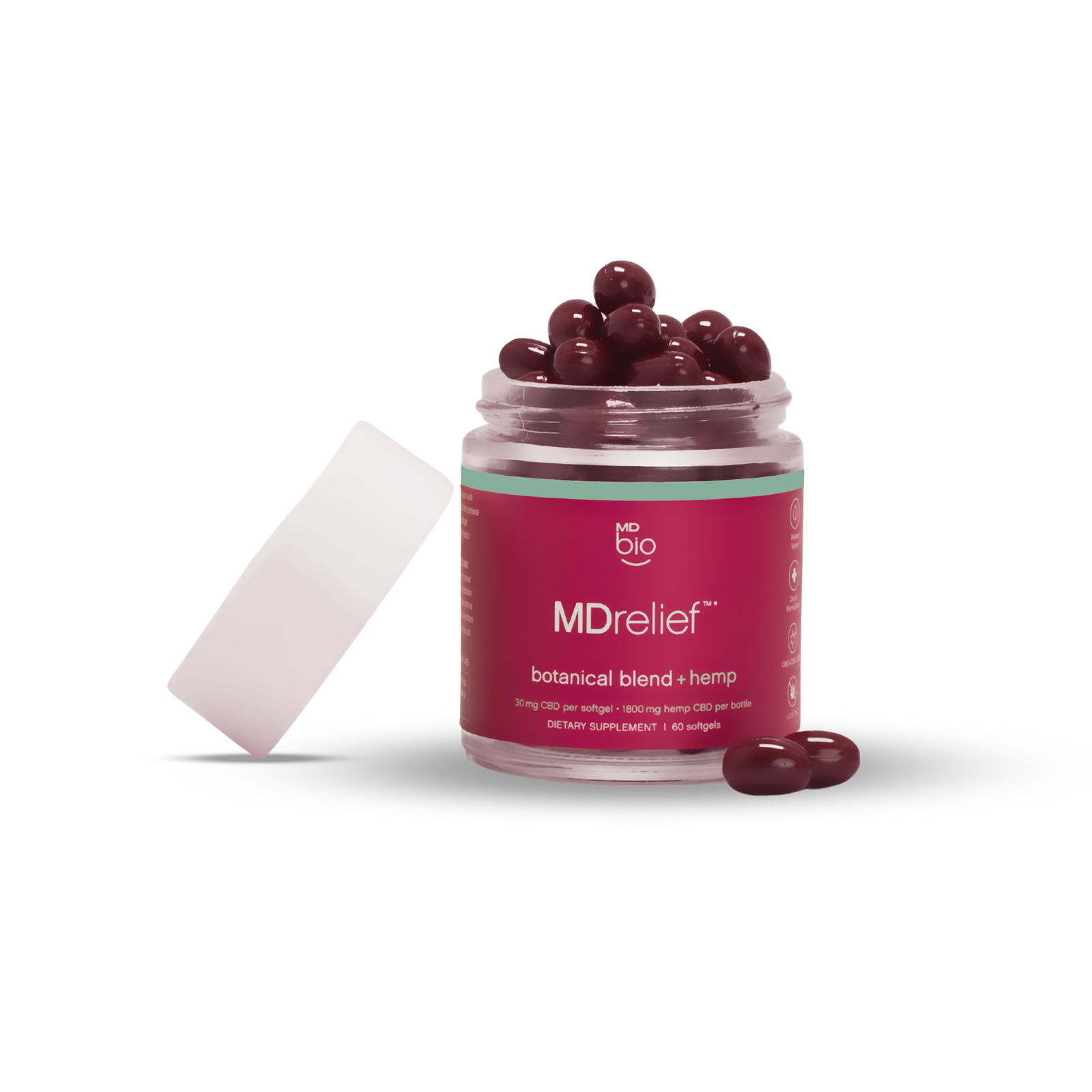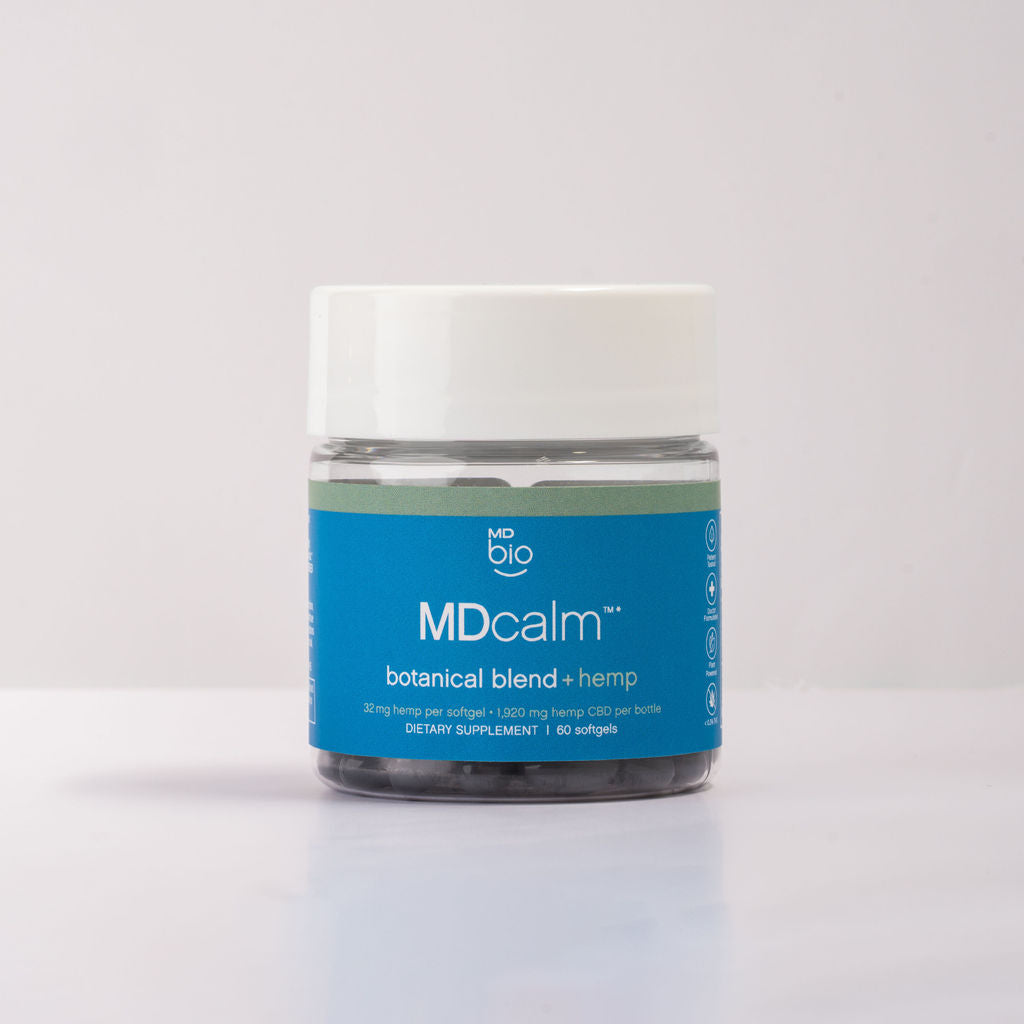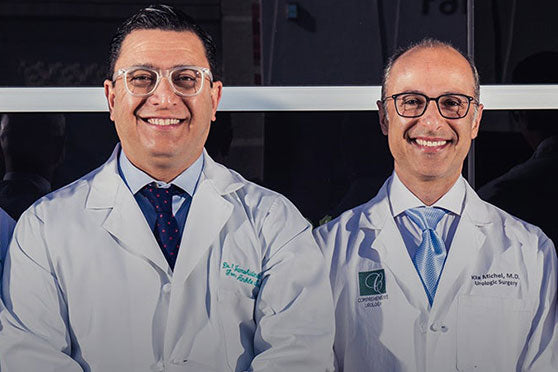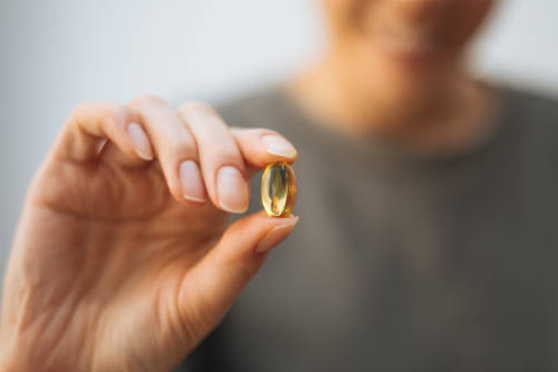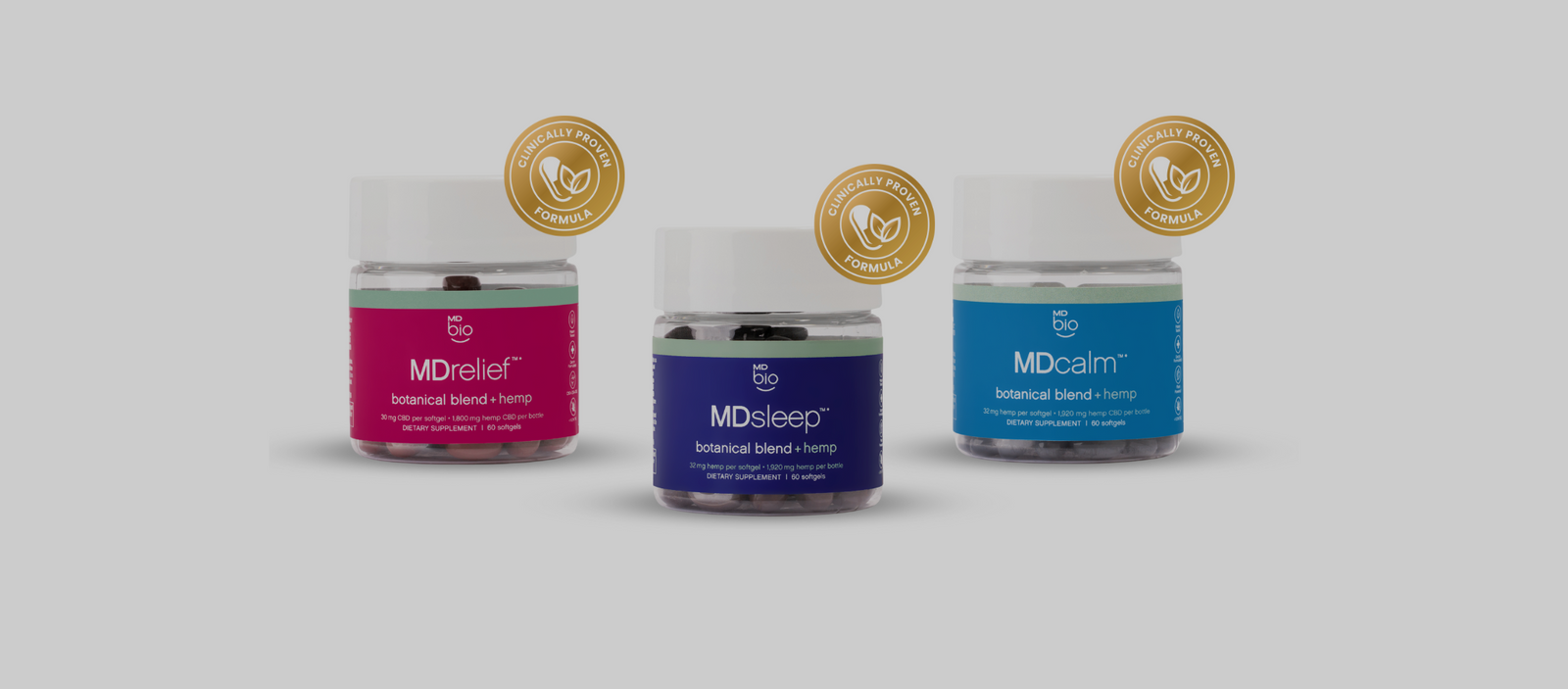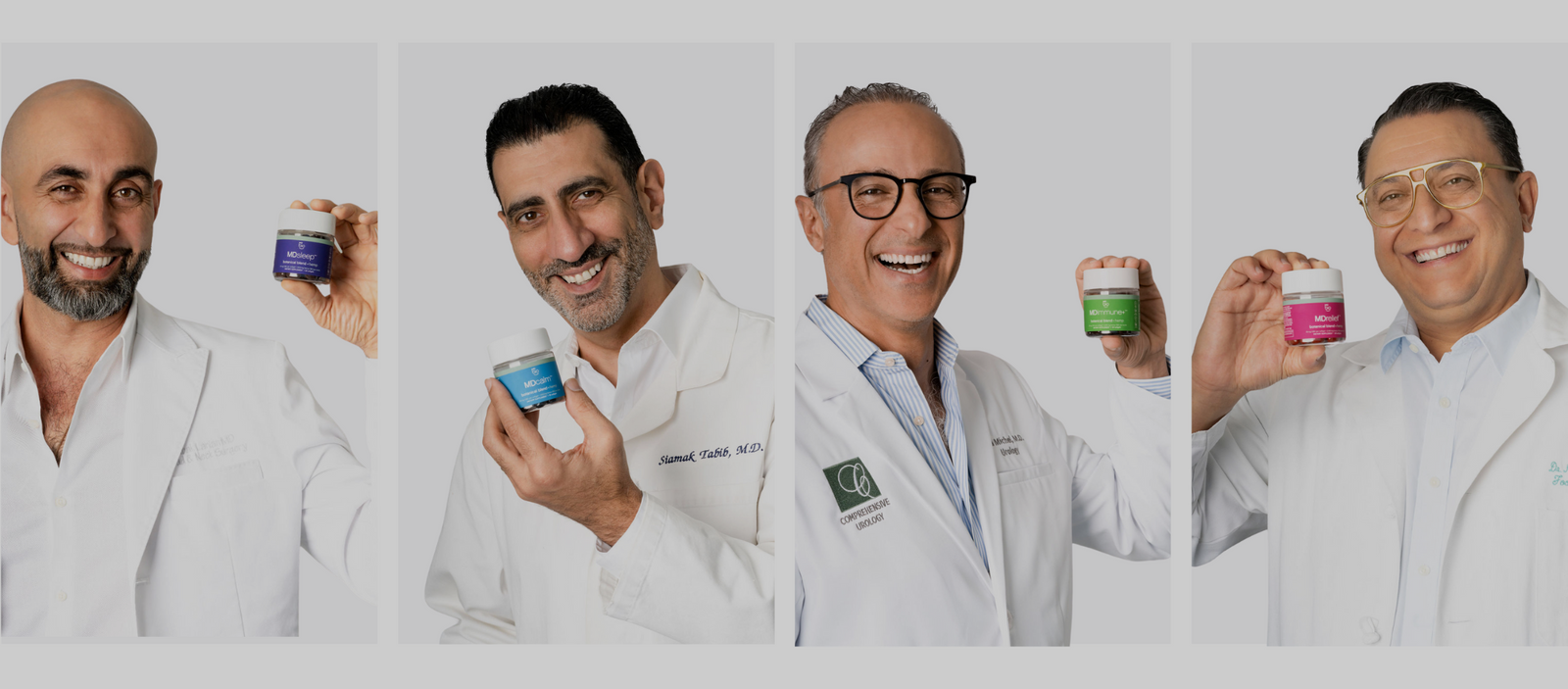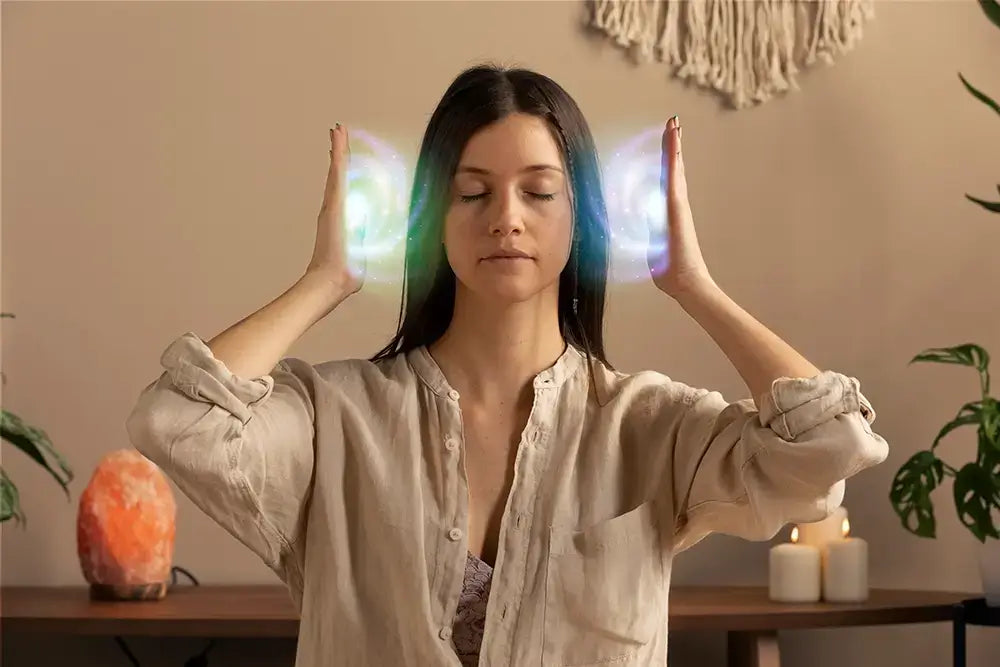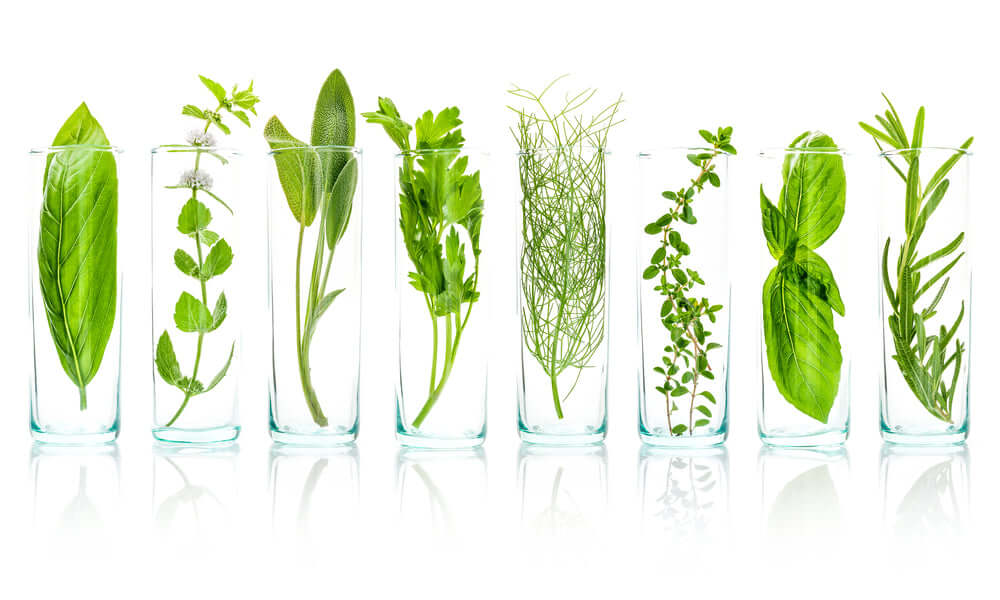
11 Botanicals and Herbs to Support Your Well-being!
Before the advent of modern western medicine, with its laboratory-synthesized chemical compounds and clinical trials, many medical traditions existed worldwide. Despite differences in philosophy and spirituality between these practices, they had certain commonalities, particularly in the use of botanicals and herbs.
In modern times, many people look beyond conventional prescription medications for specific health issues and turn to botanical herbs. These are in no way a substitute for modern medicine when you are acutely sick. Instead, they offer a natural complementary solution to nurture your well-being holistically as an integral part of your daily self-care.
For many people, part of the appeal of botanicals and herbs is their long history of use by indigenous peoples, Ayurvedic medicine, Traditional Chinese Medicine, and even in the old traditions of Europe. Using these time-honored remedies helps connect us with our forebears and can have spiritual resonance for people.
What Are Botanical Herbs?
Botanicals and herbs are derived directly from plants or plant-like organisms such as mushrooms (which are actually fungi). These living organisms contain various biologically-active chemicals or compounds that benefit human health. These compounds may be found in the botanical herbs' roots, stems, bark, leaves, flowers, fruits, or seeds.
We do not advocate randomly sampling any plant or fungus you come across, as there are quite a few with toxic compounds. Nevertheless, botanical herbs with health-promoting chemicals can improve our overall long-term sleep health, immune functioning, skincare, chronic pain, and various aspects of mental health, such as anxiety and mindfulness.
Unlike most pharmaceutical medicines, these botanicals and herbs do not generally have unpleasant side effects. Instead, they gently boost your body's ability to cope daily. We recommend using them as part of a balanced, healthy lifestyle. This includes sufficient sleep, a nutritious diet, enough exercise, mindfulness practice, and enough daily sunshine.
How Do We Obtain Botanicals and Herbs?
Different plants contain different beneficial compounds, and sometimes, we find other chemicals in the various parts of a particular organism. With the sheer diversity of land plant species worldwide (around350,000 have been named by science) and the complex chemistry of these lifeforms, it's not surprising that they're a source of innumerable beneficial compounds.
With different plant species having different chemistry, it follows that they are not all used for the same health benefits. Instead, over the millennia, humans have learned which particular plants (and which parts) to use for specific ailments and conditions. For example, a plant that benefits sleep probably won't ease chronic pain, so choosing the right plant is essential.
In nature, these chemicals are locked inside the plant's cells, which have tough cell walls. Moreover, the concentrations of the various substances found in each particular plant specimen can vary widely. This is due to local growing conditions, seasonal effects, age of the plant, elevation the plant was grown in, and so on.
To derive full benefit from these botanical herbs, we need to extract these compounds from the plant cells by breaking down their structure and using a solvent to dissolve the beneficial chemicals. This process generally results in a liquid or powder that can be refined and brought to a standardized concentration.
Using Combinations of Botanical Herbs for Maximum Effect
These refined and standardized extracts can be used on their own. However, in many cases, it is better to use them in combination. The combined effect of several carefully-chosen extracts is greater than the sum of their individual beneficial effects; this phenomenon is known as synergy.
Unlike mixing different prescription medications, you do not need to worry about these combined effects negatively impacting your health or any addictive potential. The four core products MDbio sells all use synergistic combinations of botanicals and herbs plus other beneficial compounds such as amino acids and vitamins to create supplements to optimize your well-being!
Our Carefully-Selected Botanical Herbs
At MDBio, we conduct careful research on the top botanical herbs. We carry four different products among them MDsleep, MDcalm, MDimmune+, and MDrelief. Here are some of the botanical herbs you'll find in our products.
1. Hops (Humulus lupulus)
Also known as: common hop
Botanical family:Cannabaceae (cannabis family)
Natural history:a perennial that overwinters as a rhizome underground and shoots again in early spring. Has separate male and female plants. Native to Western Asia, Europe, and North America.
Parts used:the female flower cones, also known as strobiles.
Traditional and modern uses:famously used for bittering, flavoring, and stabilizing beer. Hops are also used in other beverages. They are known to be effective against insomnia, anxiety, and restlessness (which could interfere with healthy sleep). They were traditionally used as fillings for pillows to promote sleep.
Active ingredients:linalool and various aldehydes contribute flavor to beers, whereas the bittering effect is mainly due to iso-alpha acids.
Mechanism of action: many researchers suspect that as the alpha acids break down, they create the compound 2-methyl-3-buten-2-ol. As this chemical is similar to tert-amyl alcohol, which has seen historical use as an anesthetic, this would seem to be pretty conclusive evidence of hops' effectiveness for insomnia. And much better for you than diphenhydramine.
2. Valerian (Valeriana officinalis)
Also known as:all-heal, garden heliotrope, amantilla
Botanical family:Caprifoliaceae (honeysuckle family)
Origin of name: from the Latin "valere," meaning to be strong or healthy
Natural history:herb with glossy leaves and pink flowers, native to temperate parts of Europe and Asia; also grows across most of North America.
Parts used:the roots and rhizomes (enlarged underground stems)
Traditional and modern uses:Valerian has been used since classical Greece to treat insomnia, fatigue, abdominal cramping, and migraines. These days, it's generally used for insomnia, depression, anxiety, premenstrual syndrome and menstrual cramping, menopausal symptoms, and migraines. Based on what we know of its active ingredients and a long history of use for the same things, it seems the ancients were on to something!
Active ingredients:it contains many active compounds that act synergistically; the most important are the sesquiterpenes, such as valerenic acid, and the iridoid triesters.
Mechanism of action: Increases brain levels of GABA and L-Theanine (gamma-Aminobutyric acid, the chief neurotransmitter responsible for calming neural activity) and acts on GABA and serotonin receptors to produce a sense of relaxation, reduce anxiety, andinduce sedation. These effects make it very effective in promoting sleepiness and combating insomnia.
MDbio Wellness has created a synergistic blend of these two botanical herbs to promote healthy sleep (known as MDsleep). Per serving, it offers the following:
- Hops Extract (flower) 75 mg
- Valerian Extract (root) 75 mg
- Organic full-spectrum hemp extract (aerial parts): naturally occurring CBD 25 mg and CBN 5 mg
- GABA 150 mg (a calming neurotransmitter)
- L-Theanine 125 mg (the active ingredient in green tea)
3. White Willow Bark (Salix Alba)
Botanical family:Salicaceae(willow family)
Natural history:like other willows, it grows into a tree with pendulous habit along the banks of bodies of water. It is found across almost all of Europe except Scandinavia. Its range is as far as Iran and Central Asia.
Parts used:bark
Traditional and modern uses:it has been used in herbal medicines for millennia; however, there has been a lot of debate over its efficacy and purpose. Nowadays, we mainly use it to ease pain.
Active ingredients:Several compounds have been identified in white willow bark, from flavonoids and other polyphenols. These help to reduce inflammatory responses in cases of chronic infection to salicin and other salicylates. Although modern aspirin (acetylsalicylic acid) is not derived from willow bark, it otherwise wouldn't have been discovered.
Mechanism of action: the various chemicals found in this botanical result in it being antipyretic (able to lower fever), anti-inflammatory processes that can cause rapid aging and chronic diseases, and especially analgesic (capable of easing pain in your body).
4. Frankincense (Boswellia sp)
Also known as:olibanum
Botanical family: Burseraceae (the incense tree family)
Natural history:around four major species ofBoswellia are used for their resin; these species live in India, South Arabia, and the Horn of Africa. They are small trees that produce highly fragrant resin.
Parts used:the resin.
Traditional and modern uses:Many cultures used frankincense as incense to give honor to deities. The ancient Egyptians used it in preparing mummies, while the Persians used it for gastritis, stomach ulcer, and diabetes. Traditional Chinese medicine considers it to be antibacterial, analgesic, and aids blood circulation.
Active ingredients:frankincense species contains terpenes, diterpenes, and sesquiterpenes, including Boswellia acids in some.
Mechanism of action: Although more research needs to be done on the subject, we do know that frankincense is valuable for its analgesic properties.
MDbio Wellness supplements have been carefully formulated by four highly experienced medical doctors. Per serving, MDrelief provides the following:
- White Willow bark 75 mg
- Frankincense (Boswellia serrata) 50 mg
- Organic full-spectrum hemp extract (aerial parts): naturally occurring CBD 30 mg, CBG 7 mg, and CBC 1 mg
- Trans-Geranylgeraniol 45 mg
5. Lavender (Lavandula spp)
Also known as:English lavender, French lavender, Spanish lavender, common lavender
Botanical family:Lamiaceae (mint family)
Origin of name: from Latin "lavare" meaning to wash. The ancient Romans used lavender as an additive in baths.
Natural history:Native to Mediterranean scrub (maquis) in countries such as Portugal, Spain, France, and Italy.
Parts used:flowers
Traditional and modern uses:it has long been used for cosmetics and soaps, and in the food industry, flavoring foods and beverages.
Active ingredients:lavender has been well-studied, and over the years, more than 100 chemical compounds have been found, including linalyl acetate, tannins, linalool, caryophyllene, and many others. The exact composition varies between species.
Mechanism of action: Lavender has also been found to have anti-microbial and anti-inflammatory effects, being excellent for burns and insect bites. It also has anti-microbial and antioxidant properties and reduces anxiety, depression, restlessness, panic attacks, nervous tension, and so on.
6. Mint (Mentha spp)
Also known as:spearmint, peppermint, apple mint, water mint, wild mint, etc.
Botanical family:Lamiaceae (mint family).
Natural history:Almost all mints are perennial herbs. You can find them worldwide in boggy place and wet soils.
Parts used:Leaves
Traditional and modern uses:Traditionally used for indigestion and chest pain, invigorating oneself by reducing fatigue and improving mood. Shows promise for treating IBS.
Active ingredients:Mints have high concentrations of menthol, menthone, and carboxyl esters such as methyl acetate, and smaller amounts of many other compounds. They also contain flavonoids and terpenoids.
Mechanism of action: Mint works in many ways, as the mixture of compounds helps to relieve tension heads, clear mucus in the respiratory tract, act as bacteria and viruses, and have antioxidant effects. It also works as a muscle relaxant and natural analgesic. Of particular interest is how it increases alertness, reduces fatigue (invigorates), and boosts mood.
7. Ashwagandha (Withania somnifera)
Also known as:winter cherry
Botanical family:Solanaceae (nightshade family, includes tomatoes)
Natural history:this short, tender shrub with yellow flowers grows in India, the Middle East, and parts of Africa.
Parts used:Extracts from roots and leaves
Traditional and modern uses:It has been used by Ayurvedic practitioners for thousands of years to treat stress.
Active ingredients:Withanolides (triterpene lactones), alkaloids, sitoindosides
Mechanism of action: Withanolides appear to combat inflammation and reduce blood pressure, while also supporting the immune system. It is thought that it serves as an adaptogen, aiding your own body to maintain a healthy balance. Reductions in cortisol reduce the stress response you feel from everyday life, allowing you to cope withanxiety and stress.
8. Reishi Mushroom (Ganoderma lingzhi)
Also known as:lingzhi
Natural history:this East Asian basidiomycete fungus grows at the base of deciduous trees, particularly maple, and is rare in the wild. People usually cultivate on artificially-provided wooden substrate.
Parts used:the mushroom (the fruiting body)
Traditional and modern uses:Traditional Chinese medicine esteemed this mushroom for millennia, citing it as a means to relieve stress and reverse the effects of aging.
Active ingredients:Reishi has many different phytochemicals in it, including triterpenes that resemble steroid hormones, various sterols, and phytochemicals that help give it its structure.
Mechanism of action: Again, we cannot say for sure how Reishi Mushrooms work. They're traditionally regarded as an adaptogen that boosts immune function and produces antioxidants affecting the immune systems, aids the body to combat stress, and generally improves mental health, such as lifting depressed or anxious moods or even improving your mental acuity.
MDbio has created a mix of various anxiety-lifting compounds for when you feel you can't cope. In each serving MDcalm anxiety contains the following botanical herbs:
- Lavender extract (flower) 45 mg
- Mint extract (leaves) 45 mg
- Ashwagandha (root) 75 mg
- Reishi mushroom (fruiting body) 60 mg
- Organic full-spectrum hemp extract (aerial parts): naturally occurring CBD 25 mg
- Magnesium L-Threonate 85 mg
9. Black Seed Oil (Nigella sativa)
Also known as:Nigella, kalonji, black seed, black cumin, black caraway, or siyadaneh.
Botanical family:Ranunculaceae (buttercup or crowfoot family)
Natural history:this small annual grew from the southern Balkans to Asia Minor and Persia. However, nowadays, it has been naturalized as far east as Myanmar and west into North Africa and parts of Europe.
Parts used:Seeds
Traditional and modern uses:Nigella is used a lot in traditional medicinal for a host of different properties, including antioxidant benefits, immune upregulation, diminished inflammation, the ability to oppose histamine overreactions, mitigate allergic reactions, and open the breathing passages when disease blocks them.
There is some definite in reducing blood sugar, while better evidence shows thatN. sativa benefits heart health by changing triglyceride and cholesterol profile. Some compounds may act against infection and benefit liver health.
Active ingredients:Nigella seeds are rich in oil, containing lots of linoleic acids, palmitic acids, oleic acids, and trans-anethole.
Mechanism of action: It is not yet established how the compounds present in Nigella result in the observed health effects. But we are sure that this herb will improve your health and immune system!
10. Quercetin
Origin of name: from the Latin "quercetum," meaning oak forest. This name was given to it in 1857.
What it is chemically:a polyphenol (plant compounds containing many phenol groups). More specifically, it is a flavonoid, and even more specifically, it is a flavonol (not to be confused with flavanol). Flavonols are flavonoids with a 3-hydroxyflavone backbone.
What's its function in plants:quercetin is a plant pigment, with a bitter taste.
Where you will find it:It's found in many plants including fruits such as cherries, berries, grapes (and red wine), tomatoes, and apples. It is also found in significant amounts in capers, red onions, and plants in the cabbage family (cabbage, Brussels sprouts, broccoli, cauliflower, and kale). It is also inGinkgo biloba, St. John's wort, the pagoda tree, and American elder.
What it does in humans:The structure of this compound, with its multiple phenol groups, scavenges free radicals formed inside cells. Contrary to what you may have heard, free radicals of various chemical compounds are essential to many vital biological functions, such as cell signaling. However, they have the downsides of causing inflammation and accelerating aging.
By scavenging free radicals, quercetin prevents oxidation stress inside the cells, inhibits certain biochemical pathways, and alters the activities of some proteins. As a result, it boosts immune functioning, enhances the circulatory system's health, and results in improved athletic performance, particularly in endurance-based exercise.
11. Monolaurin
Also known as:glycerol monolaurate, glyceryl laurate, 1-lauroyl-glycerol, or GML)
What it is chemically: a mono-ester created by the reaction of glycerol and lauric acid. It is in the class of chemicals known as monoglycerides.
What's its function in plants:an energy source for the young plant.
Where you will find it:in coconut oil and palm kernel oil; similar monoglycerides are found in human breast milk.
What it does in humans:Ayurvedic medicine has used coconut oil for thousands of years, and the presence of similar compounds in breast milk is significant, as it showsantibiotic, antiviral, antifungal, and antiparasitic effects, targeting both gram-positive and gram-negative bacteria, lipid-coated viruses, yeasts and fungi, and protozoan parasites.
A crucial characteristic of monolaurin's antibiotic mechanism is that it does not appear to contribute to acquired antibiotic resistance in bacteria, a common problem with pharmaceutical antibiotics that is only getting worse.
The team of four wonderful doctors who have put together MDbio has not just given you access to high-quality botanicals and herbs that take the guesswork out of trying to help yourself. This is MDimmune+, their attempt to create an all-in-one solution for your immune needs:
- Black Seed Oil (Nigella sativa) 75 mg
- Quercetin (Sophora japonica, now known asStyphnolobium japonicum, the pagoda tree) 29 mg
- Monolaurin (Cocos nucifera, the coconut) 14 mg
- Organic full-spectrum hemp extract (aerial parts): naturally occurring CBD 25 mg
- Vitamin C (as sodium ascorbate) 79 mg
- Vitamin D (as cholecalciferol) 0.025 mg
- Zinc (as zinc bisglycinate) 1 mg
This wonderful combo incorporates synergistic immune-boosting phytochemicals with vitamins and minerals known to make a difference. Give your immune system the support it needs with the botanical herbs found in our MDimmune+ supplement.
Botanicals and Herbs: In Summary
The best way to look after your health is with your daily habits. This includes a good diet, healthy sleep, and plenty of exercise. But taking botanicals and herbs can also provide an excellent way of keeping your body on an even keel no matter what life throws your way. These substances are derived directly from plants and are generally much healthier than conventional prescription medication.
MDbio focuses on four core products (MDsleep, MDrelief, MDcalm, and MDimmune). The right one for you depends on your needs and what you're struggling with. We strive to make each product the best it can be by combining botanical herbs together to create a synergistic effect that targets the specific problem you may have.
Struggling with poor health is not pleasant. If you have an acute medical emergency, you should definitely see a qualified doctor. But if your struggle is more of an ongoing condition, and you don't like the side effects of drugs, we recommend you try something natural instead. Browse through our products today to learn more!
- Dive into the mystical realm of Frankincense and its Spiritual Healing powers in our comprehensive guide on its magical properties and profound influence.
- Explore our latest blog on 6 Herbal Remedies for Pain Relief and discover effective, natural solutions.
